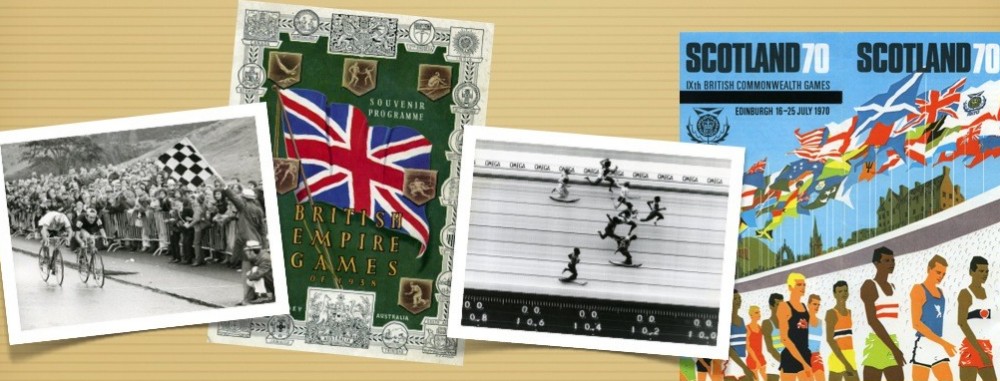There’s an interesting link between Glasgow’s first ice-skating venue and the first public exhibition of film. Glasgow’s Diorama in Sauchiehall Street was a circular and domed building displaying large panoramic pictures of historical events such as the Battle of Bannockburn. Diorama – a mobile theatre device, which displayed images on a moving canvas (The word literally means “through that which is seen”), was renamed the Panorama, later the Hippodrome and eventually the Regal cinema.
The building was owned by Alistair Hubner, who established Glasgow’s first Ice Skating Palace, run by Glasgow Real Ice Skating Palace Company, established 1896. The building was refurbished by Glasgow architect James Miller, famous for the design of many railway buildings, including the extension to Central Station.
The rink was something of a novelty, 95 feet in diameter – with skaters accompanied by an orchestra and, somewhat bizarrely, in May 1896, the rink had Glasgow’s first public screening of the new cinematograph, and some of the earliest films then in circulation.
Exhibition skaters, local curling matches and ice hockey were all played on the rink. In 1896 the Belfast News reported that the visit of a London ‘Bandy’ club ended in black eyes for four Glasgow players and one dislocated shoulder. The use of terms like ‘shinty’ and ‘bandy’ reflect the sport we know as ice hockey was still evolving in the Edwardian period, although the basic elements for recognition as “ice hockey” were in place.
According to David Gordon of Ice Hockey Journalists UK, this early ice hockey match represented the sports first international in Europe, and it was organized by William Pollock Wylie who was born in Gourock. Wylie, son of a Baptist Minister and journalist, was the first secretary of the Scottish branch of the National Skating Association from 1895. According to Gordon, the four exhibition matches against the English side attracted crowds of more than 1000 spectators, possibly supported by an article in the Evening Times which announced ‘that in both teams probably the fastest and best skaters in Europe will be playing.’
But after only two seasons the company went in to liquidation in 1897. Hubner later turned the building in to a circus.
Crossmyloof Ice Rink 1907
 It would be ten years before Glasgow had another indoor ‘artificial’ rink, at Crossmyloof. Now the site of Morrisons supermarket.
It would be ten years before Glasgow had another indoor ‘artificial’ rink, at Crossmyloof. Now the site of Morrisons supermarket.
This far larger ice pad was 149 feet by 49 feet, and had a bandstand attached to the pillars that supported the roof in the middle of the ice. The rink used six miles of wrought iron piping to help refrigerate the ice, using the latest ammonia compression system designed by a company in Derby. The original rink could accommodate six curling rinks (one of which is presumed to have gone under and around the bandstand!). The image here shows Edwardian skaters on the ice, and of particular note is the elevated bandstand in the centre of the rink.
The original rink closed in 1918 during the First World War and was not reopened until 1928 when a new company, The Scottish Ice Rink Company (1928) Ltd., was formed and this built a new larger ice rink on the same Titwood Road site. This rink measured 225 feet by 97 feet and had seating for 2000 spectators. At the time it was the longest ice rink in Britain. There were murals above the spectators’ gallery and the rink was lit by large arched windows high up in the walls.
In 1931, the rink hosted its first ice hockey international between England and Scotland, England the victors by 2-0.
The ice rink was extended twice with two extra ice halls added on before the war. One had 4 curling rinks and the other 8. The main ice hall was used for skating and ice hockey.
As noted in a previous posting, In October 1953, shortly after BBC Scotland launched its television service, the ice rink hosted one of the first live outside television broadcasts in Scotland – a curling international between Scotland and Canada for the Strathcona Cup.
I have found it difficult to find any filmed footage of the rink, although footage does exist in the a series of films called ‘City Sidelights’ which were produced in 1958 by Elder Film Company for the Cosmo Cinema, now the GFT. According to the notes of Scottish Screen Archive the third film in the series has a section called a ‘Spotlight on Sport’ which shows the ice rink with a staged sequence as one man has difficulty in staying upright. As the poster above illustrates the rink was hugely popular and had special events and times for children and ice hockey. The Crossmyloof ice rink eventually closed in February 1986.

